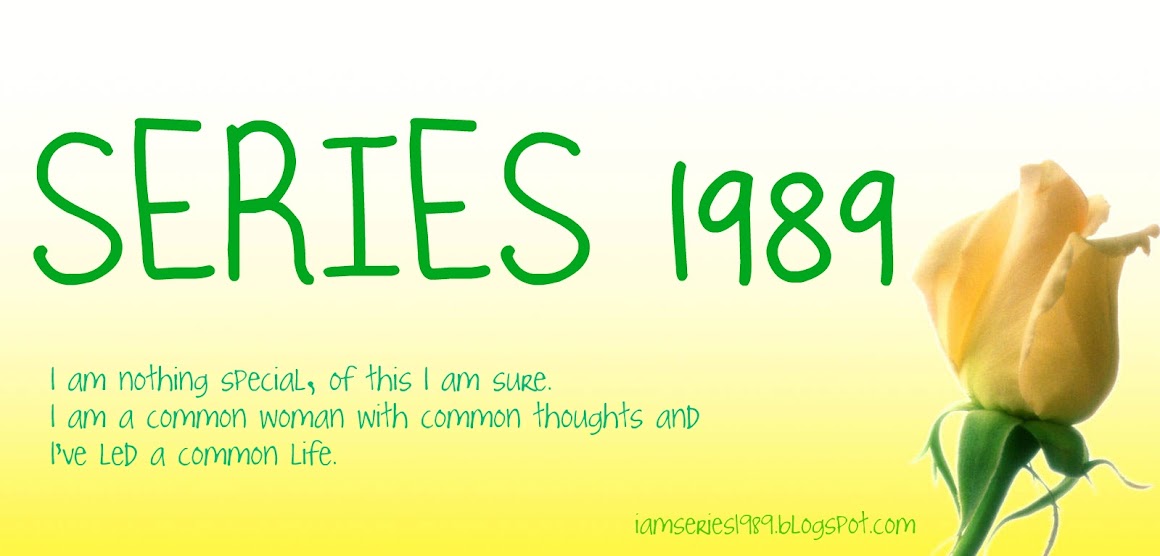Starting a polymer clay is a bit expensive since you will be needing a lot of things especially when you are a hoarder like me. Here are some of the "shopping list" that you might need really need.
- Polymer Clay - obviously you can't work without polymer clay. Make sure you store your clays in cool area away from heat since clay cures at low temperature.
- Oven - Never ever use oven toaster. Use electric oven like mine.
- Blades/X-Acto Knife/Hobby Knife - spare blades can be bought at School/Office Supplies.
- Needle tools and awls - for poking hole, making marks, securing tiny piece to bigger piece.
- Chopstick or Knitting Needles - very handy when you are doing some sculpting or working with cane slices
- Pasta Machine/Acryllic Rollers - use in conditioning clay
- Baking surface - lay a piece of paper on baking surface. You may use tiles.
- Steel Ruler/Tape Measure - for measuring
- Liquid Clay - discuss in previous blog.
- Working Mat - can be tiles or rubber cutting mat
- Glaze/Varnish - discuss in previous blog.
- An Assortment of Brushes - artist brushes, toothbrush
- Pigments/Chalks - Acrylic paint, sharpies, alcohol ink, soft pastels, fade-proof ink, mica powder, glitters, metal powders, liquid colored clay, sparklers powder
- Various Tools:
- Alcohol/Wet Wipes - you may put alcohol and water in spray bottle separately. The water is to spray on thin sheet on clay so they don't stick to my work surface.
- Toothpick
- Pins
- Cotton Buds
- Baby Powder - applied on workplace or molds to avoid clay sticking on items
- Tweezers - for placing rhinestones, pearls, and teeny tiny eyes on face
- Small craft scissors
- Assorted sculpting tool - you may visit dental supplies store for this.
- Mold/Texture sheet/Cutter
- Drill
- Acrylic blocks - for making lentil beads
- Waterslide Transfer
- Pliers and other beading materials
